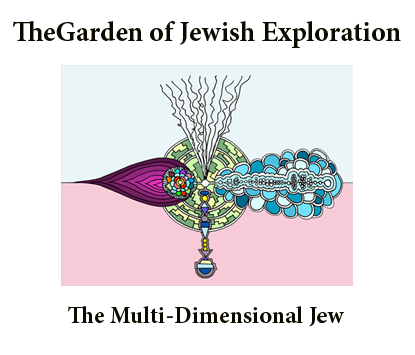Tearing Garments (קריעה) – what is the level of obligation?

Is the obligation to tear kriyah from the Torah or from the Rabbis?
| Rav Taḥlifa bar Avimi said that Shmuel said: A mourner who did not let his hair grow wild and did not rend his garments is liable to receive the death penalty as it is stated following the deaths of Nadab and Abihu concerning the surviving sons of Aaron: “Let not the hair of your heads go loose, neither rend your clothes, that you not die” (Leviticus 10:6). From here it may be deduced that any other mourner who did not let his hair grow wild or rend his clothes is liable to receive the death penalty. |
תלמוד בבלי מסכת מועד קטן דף כד עמוד א אמר רב תחליפא בר אבימי אמר שמואל אבל שלא פרע ושלא פירם חייב מיתה שנאמר ראשיכם אל תפרעו ובגדיכם לא תפרמו ולא תמתו וגו’ הא אחר שלא פרע ושלא פירם חייב מיתה |
This text states clearly that the failure to tear kriya is a capital crime based on a Biblical verse. One might think that, therefore, the obligation itself should be understood as a Torah obligation. It is interesting to note that there is only one rishon who claims that the obligation of kriya comes from the Torah. The overwhelming majority understand citation of the verse and the harsh language as an asmachta (a hint from the Torah for a Rabbinic law).
The Rosh (מו”ק פ”ג ס”ג) quotes the Ra’avad who is a minority voice and thinks that the requirement to tear is in fact from the Torah. The minority here promotes the simplest reading of the Talmudic text to support his approach1. Despite that fact, it appears that everyone else rejects this approach. The Tosafot on the page (Moed Katan 24a s.v. ha acher shelo para) as well as Ramban (Torat ha-Adam page 81), the Tur (as explained by the Beit Yosef 340:30, regarding the death of an infant before 30 days לא עלינו), the Shulcah Aruch (Siman 340, as understood by the ש”ך ס”ק ב and the ט”ז ס”ק י”ז), the Aruch ha-Shulchan (340:1), and Rav Ovadia (חזון עובדיה ח”א עמ’ רכ) all assume that the obligation to tear kriya is rabbinic and not from the Torah.
At some level, this question is part of a more global issue regarding which aspects, if any, of the mourning process are from the Torah. I am curious about the implications of both approaches. To claim that (almost) none of the laws of aveilut (including kriya) are from the Torah reflects something about how we imagine the Bible legislates our lives. Perhaps those who claim that nearly all of the laws of aveilut are fundamentally rabbinic are really saying something about Rabbinic creativity. There is a complex network of laws covering some 63 simanim of the Shulchan Aruch. The Rabbis understood that the passing from this world to the next is a time that people seek direction and ritual.
From the perspective of the majority position that kriya is rabbinic, the Torah (meaning: God) does not make (many) demands of the mourner. The rabbis stepped in and saw a need to create a structure and framework for the mourning experience despite the Torah’s silence. The Ra’avad and those who see more pieces of aveilut as coming from divine authority are perhaps claiming that we cannot imagine that God would not give us direction at this most difficult time of our lives.
Many are comforted by the dictates of Halakha when they face loss. Others feel as though God is intruding into their inner emotional state in a way that can feel uncomfortable. The efficacy of these Halakhot will be different for everyone. Finding the right balance between guidance and strict rulings is a key role of the rabbinic figure for individuals and families experiencing loss and mourning.


